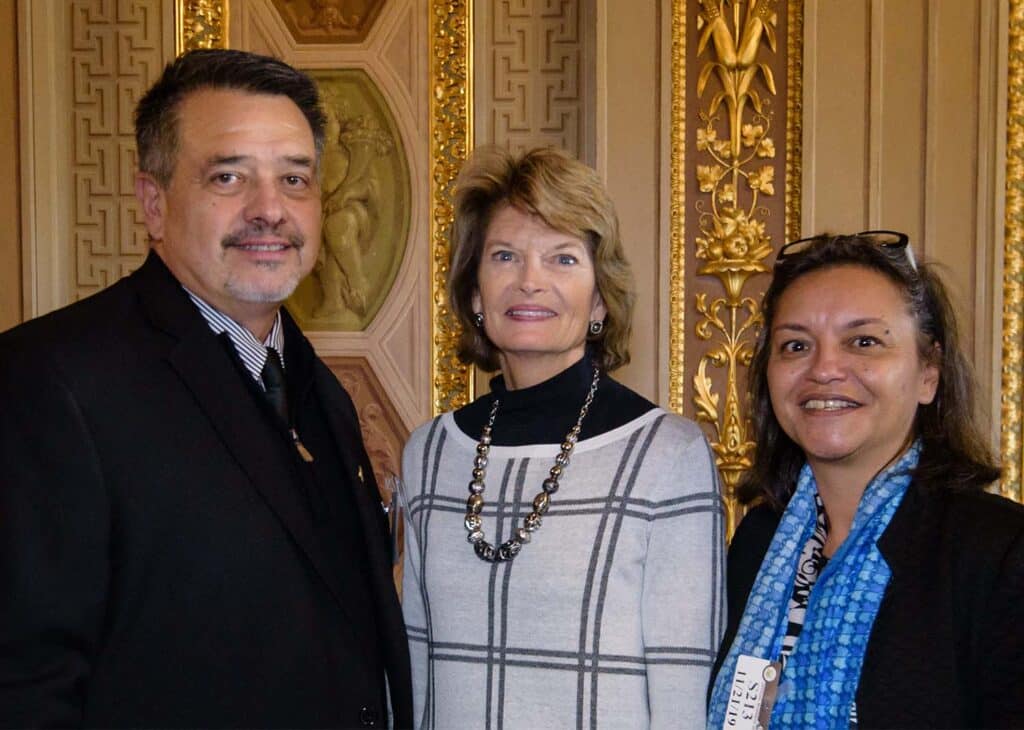Messaging
An essential part of your policy and advocacy work is meeting with legislators. Many people are intimidated by this step, but legislators count on lobbyists (that means you) to provide them with the background and research to formulate their policy decisions. The most important aspect of direct lobbying activities is to develop positive, trusting, strategic relationships with elected officials and their staff – even those on the other side of the aisle.
Here are 5 easy steps to follow when meeting with legislators:
Step 1: Get to Know Him/Her
Research their voting history and background. If possible, identify a point of connection. Did you go to the same high school? Were you born in the same city? What is his/her voting history?
Step 2: Establish a Goal
Go into your meeting prepared and know what you want to get out of it. Will you find out if this legislator is a supporter, undecided, or an opponent of your proposed ideas?
Step 3: Figure Out Who is Going to Say What
If you are going into this meeting with a group, discuss amongst yourselves how you will deliver your message. Remember to be clear and concise and to tell your story. Also demonstrate your power by letting the legislator know whom you represent. Numbers (as in numbers of votes) matter.
Step 4: Define Roles
When deciding how you will deliver your message, define the roles of all group members that will participate in the meeting. Will you be a meeting leader, story-teller, or a meeting recorder? All positions are important.
Step 1: Get to Know Him/Her
Be prepared and go into your meeting with a set agenda. Since you requested the meeting, the legislator will expect you to know exactly what you want to talk about. A good meeting format is:
- Introduction & Meeting Overview. Introduce yourself and group members and let the legislator know why you are here.
- Personal Stories. Tell your personal story. Share how this issue has effected you, your family, or your community members.
- The “Ask”. Ask the legislator directly, “Can I count on your support for
_?” By asking directly, you can figure out if the legislator is a supporter, undecided, or an opponent.
- Strategic Response. Depending on if the answer to the “ask” is yes, no, or undecided, provide a strategic response. If this legislator is undecided, you might want to provide a little more information to help them make up their mind. You will probably want to formulate this response prior to the meeting.
- Wrap Up & Next Steps. Conclude your meeting and establish any next steps. Don’t forget to say, “Thank You.”


